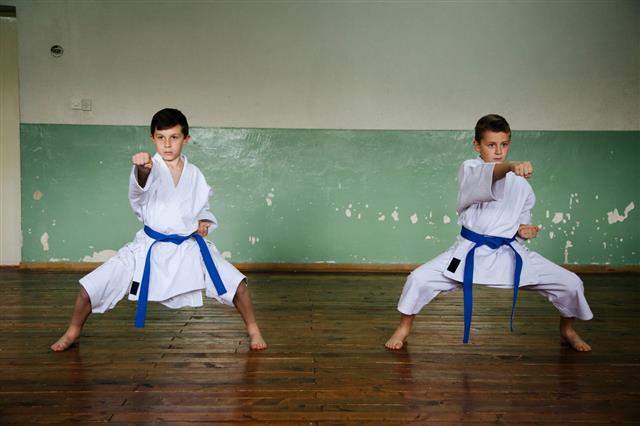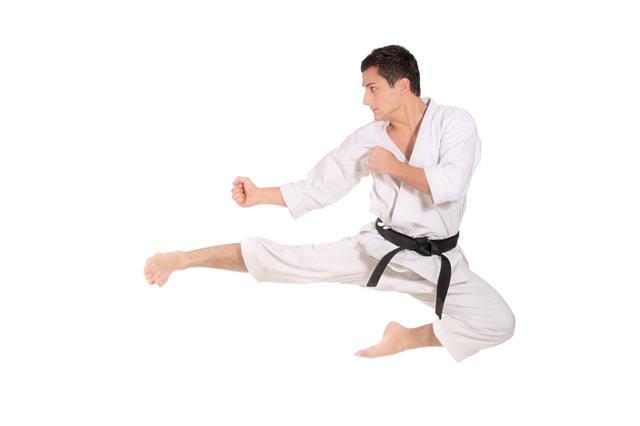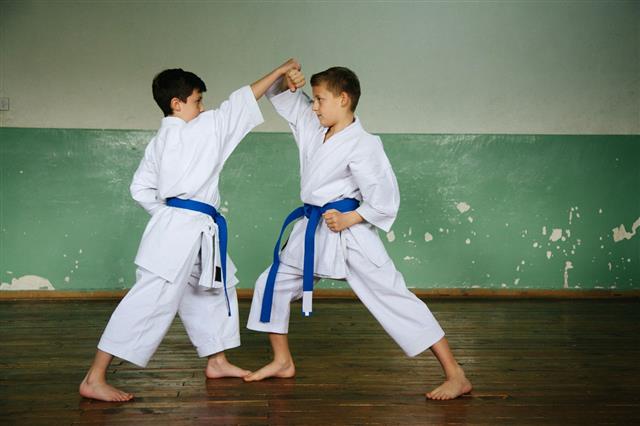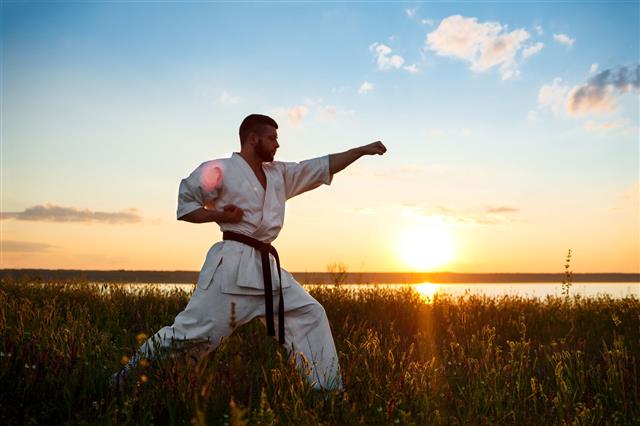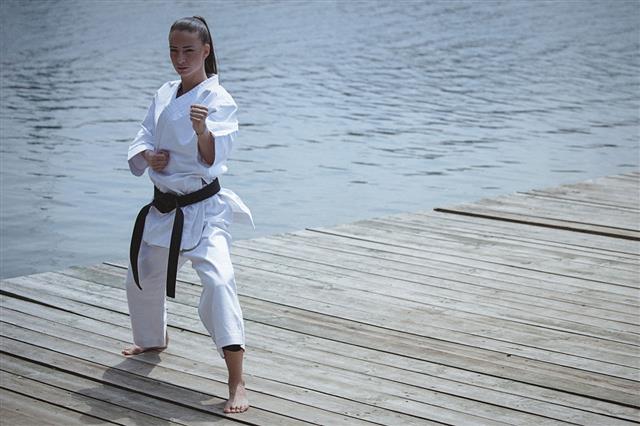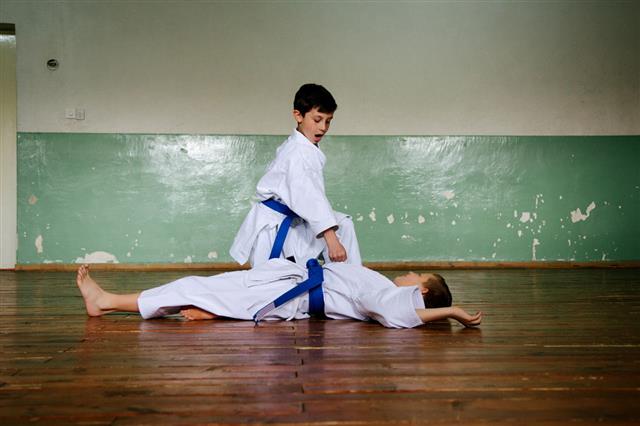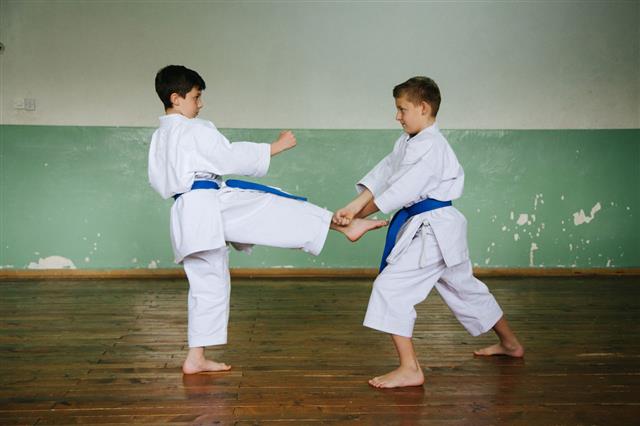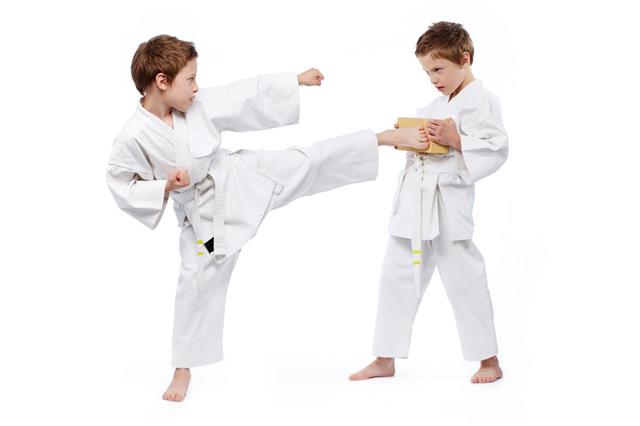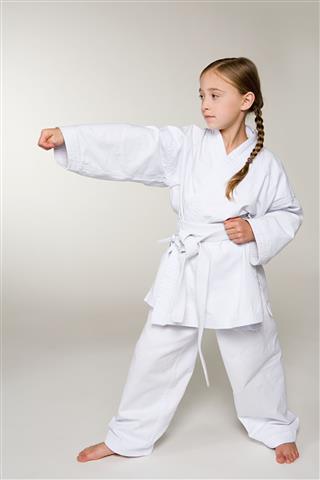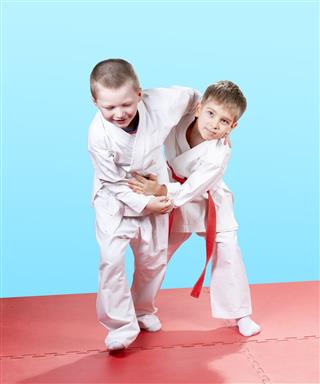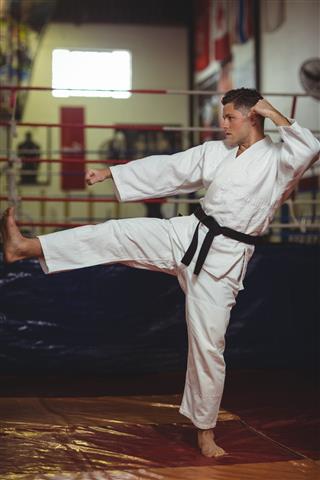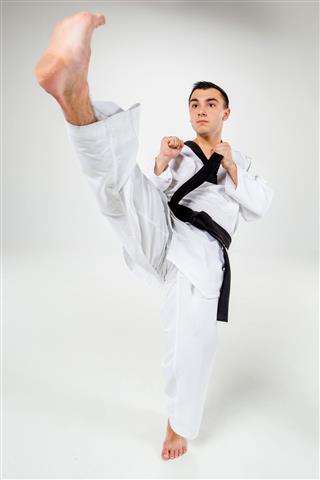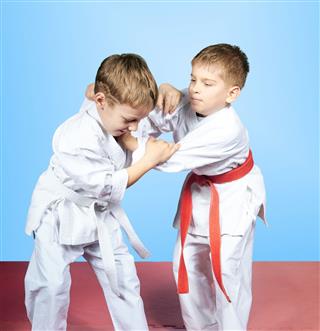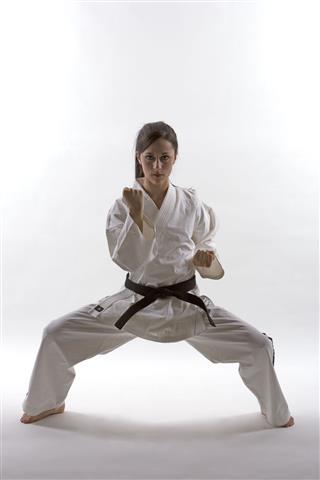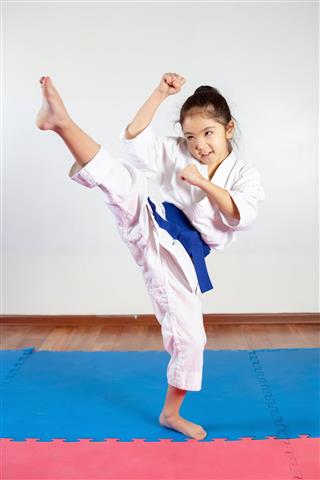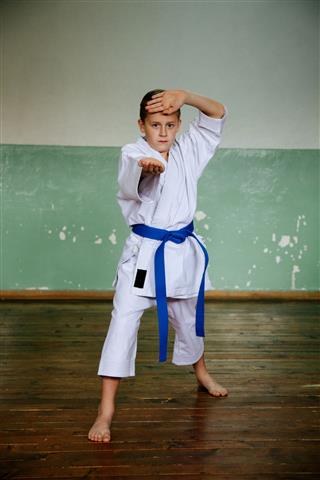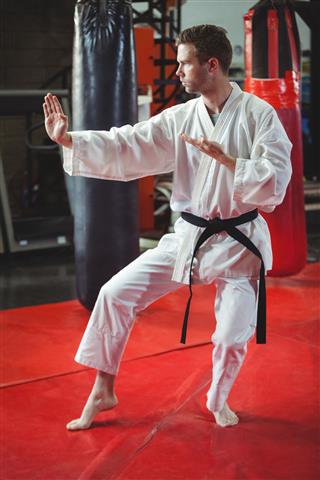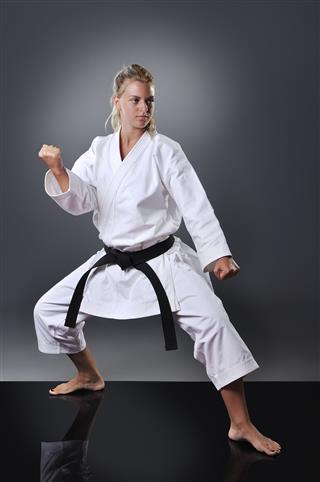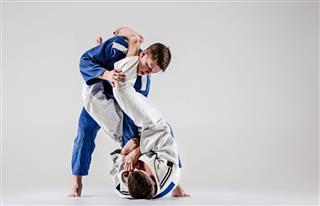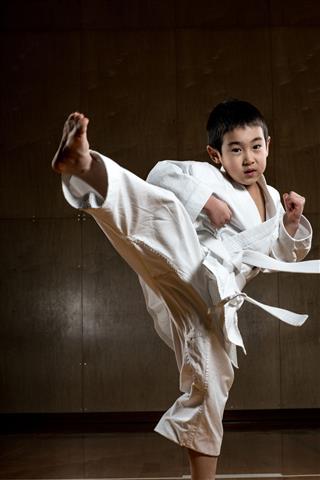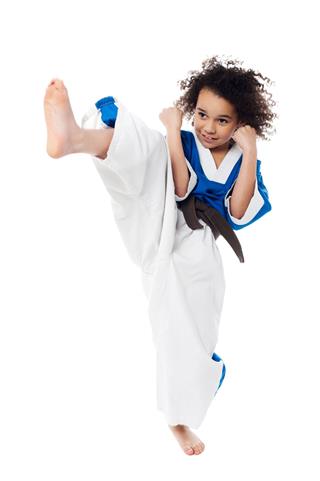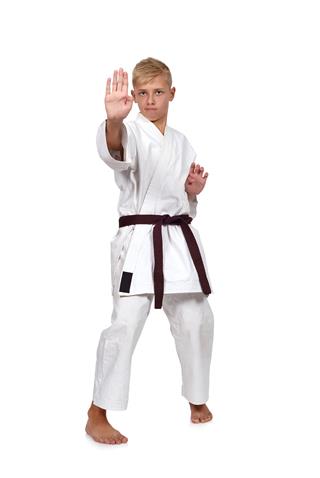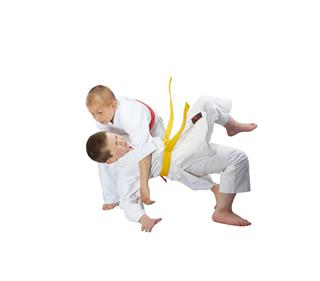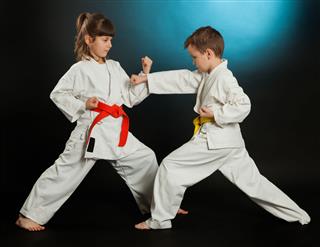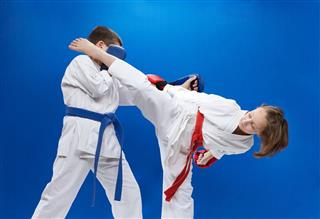
The color of a karate belt indicates the rank awarded to the wearer according to his/her advancement in the martial art. There is no universal rule to ascertain the levels and colors that they signify. They differ according to the organization that specifies the order of the karate belts.
Belt Levels in Karate and Other Martial Arts
The color of the belt signifies the level of achievement, and starts from a lighter shade to a darker one. So, the order begins with white and ends at black. The colors include white, yellow, orange, green, blue, purple, brown, and black. In other martial arts systems, there is a slight change in the colors of the belt. In case of Taekwondo, the colors include white, yellow, green, blue, red, and black. In another martial art form that is called Brazilian Jiu-Jitsu, the colors are white, blue, purple, brown, black, and red for adults. The Brazilian Jiu-Jitsu belt color system for children includes white, yellow, orange, and green.
As the student progresses, he/she earns a rank along with the belt. This helps in comparing the ranks of students from different schools that are following different belt systems. These common ranking systems are called Gup, Kyu, and Dan. A beginner is ranked as ‘rank 10’ or tenth Kyu in karate, and a student who is to be tested for a black belt is ranked as first Kyu or 1. After one achieves a black belt, he is then ranked according to the Dan system. The first Dan will be surpassed by the fourth Dan.
Karate Belt Levels in Order
Awarding a karate belt is more of a ceremonial process that is used as an award for accomplishing the levels by a student. The lower belt levels are given for technical achievements, and the higher belts are awarded to those who have dedicated their life to this martial art.
The karate belt levels vary according to the type of karate, that is, Shito-ryu, Wado-ryu, Goju-ryu, and Shotokan. The following karate belts are given in the order of the lowest rank of white to the highest rank of black.
White Karate Belt
Yellow Karate Belt
Orange Karate Belt
Green Karate Belt
Blue Karate Belt
Purple Karate Belt
Brown Karate Belt
~Third degree
~Second degree
~First degree
Black Karate Belt
~First degree
~Second degree
~Third degree
~Fourth degree
~Fifth degree
~Sixth degree
~Seventh degree
~Eighth degree
~Ninth degree
~Tenth degree
The ordering system for white, yellow, green, and brown belt is mostly standardized. However, some schools also use a white first degree for yellow and white second degree for orange. Some schools bring the blue belt between green and brown, and some bring the purple belt after blue. Some may even put the orange belt after white. Once the students achieve the first Kyu rank, the students have to move on to the Dan ranks. There are 10 ranks or degrees of Dan. Some schools award a red or white belt to students who achieve the sixth Dan. This is the highest honor for the achiever, and it indicates that the bearer is now a master of his field.
The highest level of tenth Dan is extremely rare, and is mostly awarded posthumously, or to those who have practiced this art for more than 40 years. The ninth and tenth Dan are only for those who have made a significant contribution to the field, and have practiced this martial art all their lives.
One requires a lot of self-discipline, patience, perseverance, and dedication to be able to move on to higher levels and ranks. However, if you have the fighting spirit in you, and can take upon the challenges thrown at you, excelling in karate would not be as difficult as it sounds.
